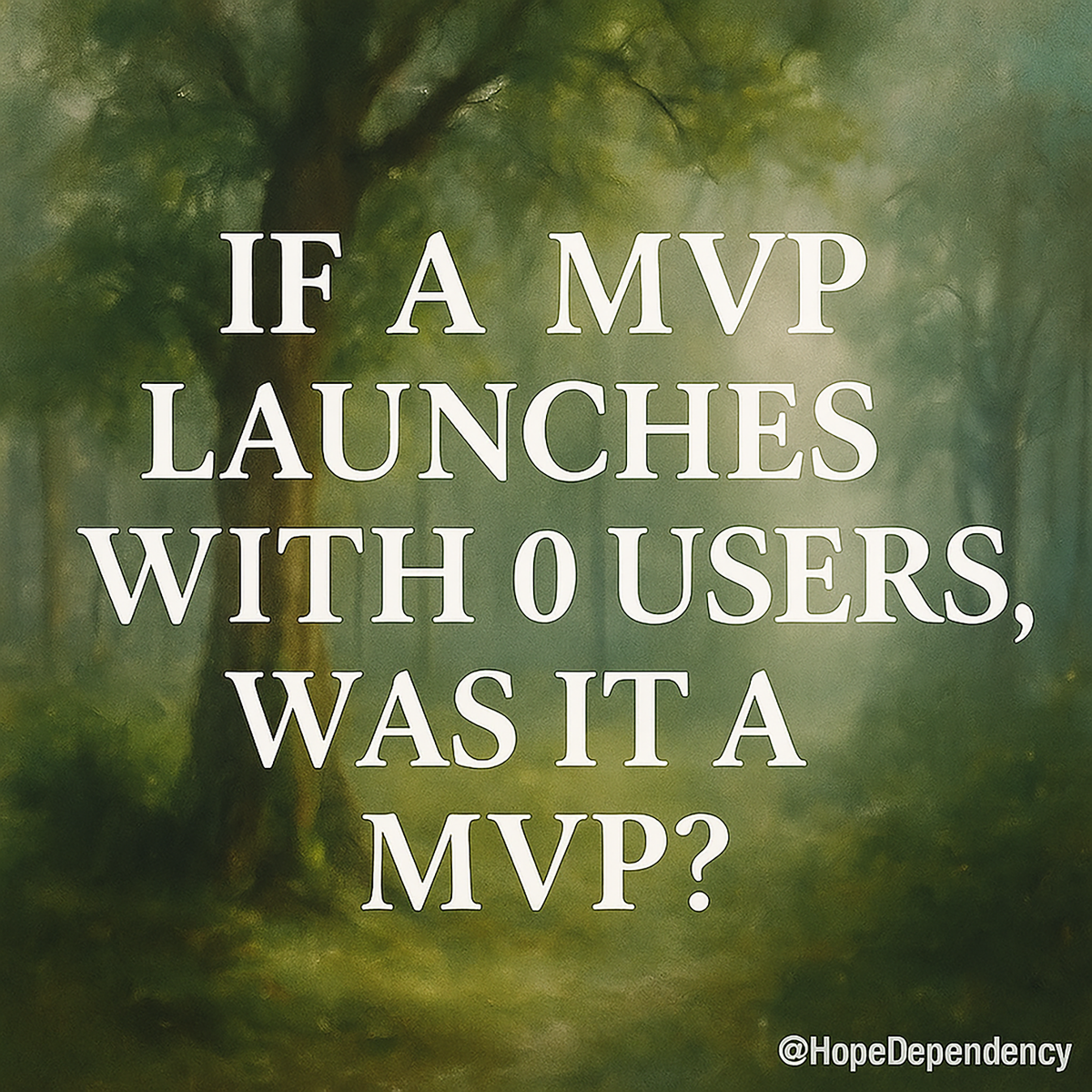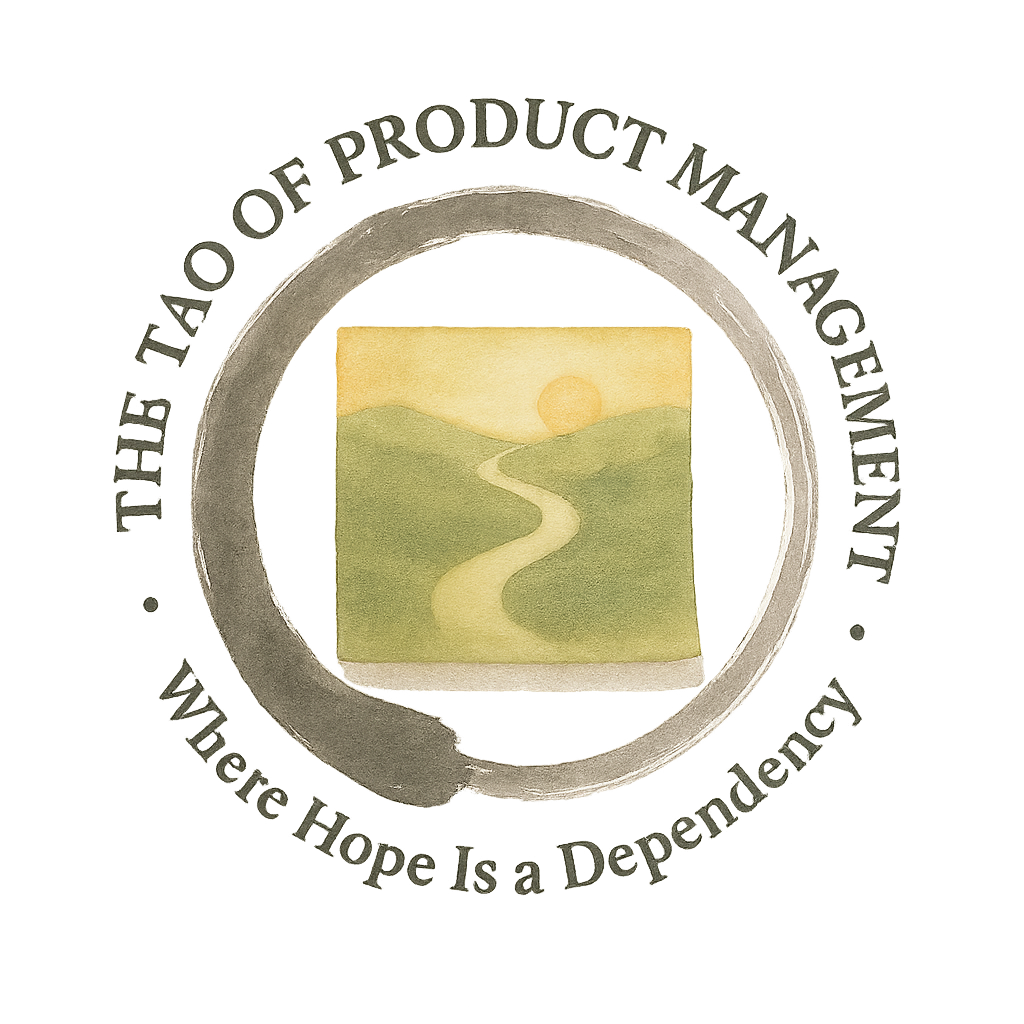If a MVP launches with 0 users, was it a MVP?
An MVP is meant to test assumptions - not confirm them. This piece asks what happens when we launch to no one, and call it success.

“If a tree falls in the forest and no one is around to hear it, does it make a sound?”
The product version of this riddle is far less poetic, and usually involves a spreadsheet, three stakeholders, and a 9 AM sync.
The Moment of Inspiration
This one began during a call that should’ve been a milestone celebration.
We were preparing to “launch” a new product. The team had already shifted the conversation to Day 2 features, the improvements we’d pick up immediately.
There was just one catch: the product hadn’t launched yet.
There were no users. Worse, none were even interested.
